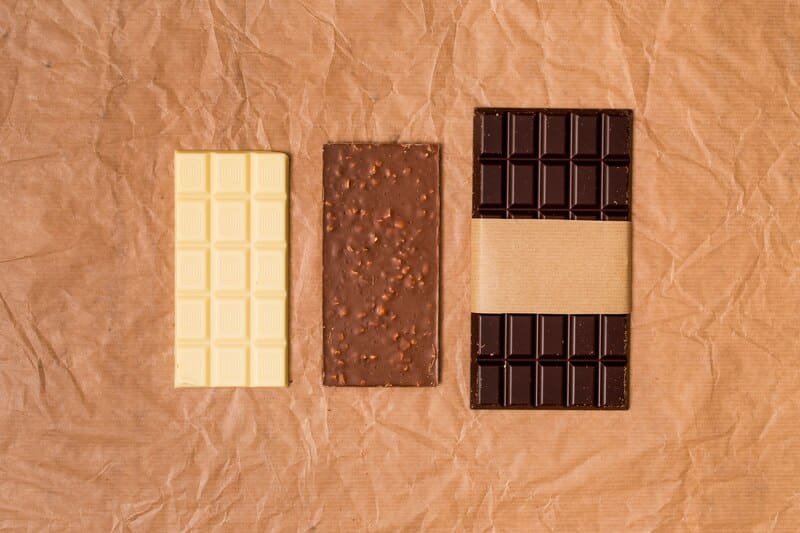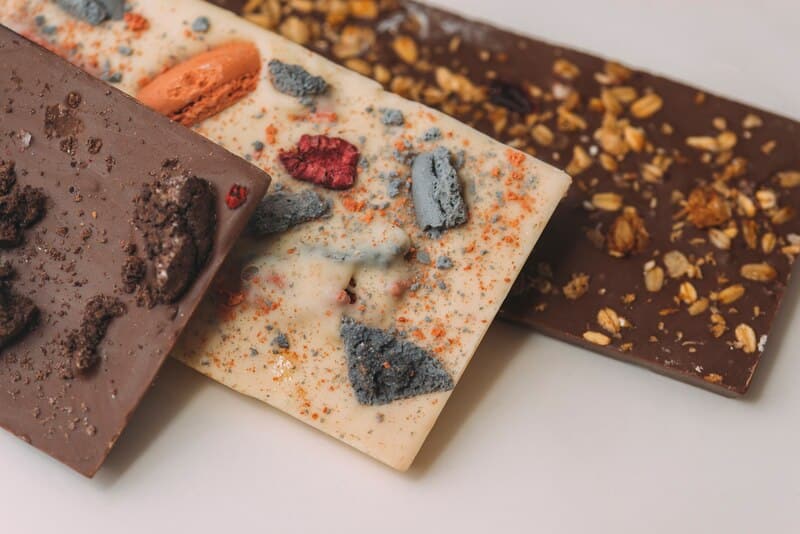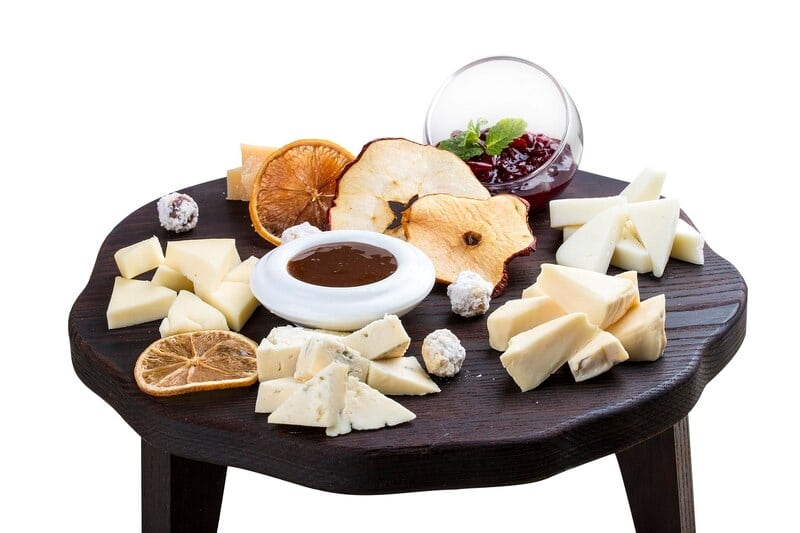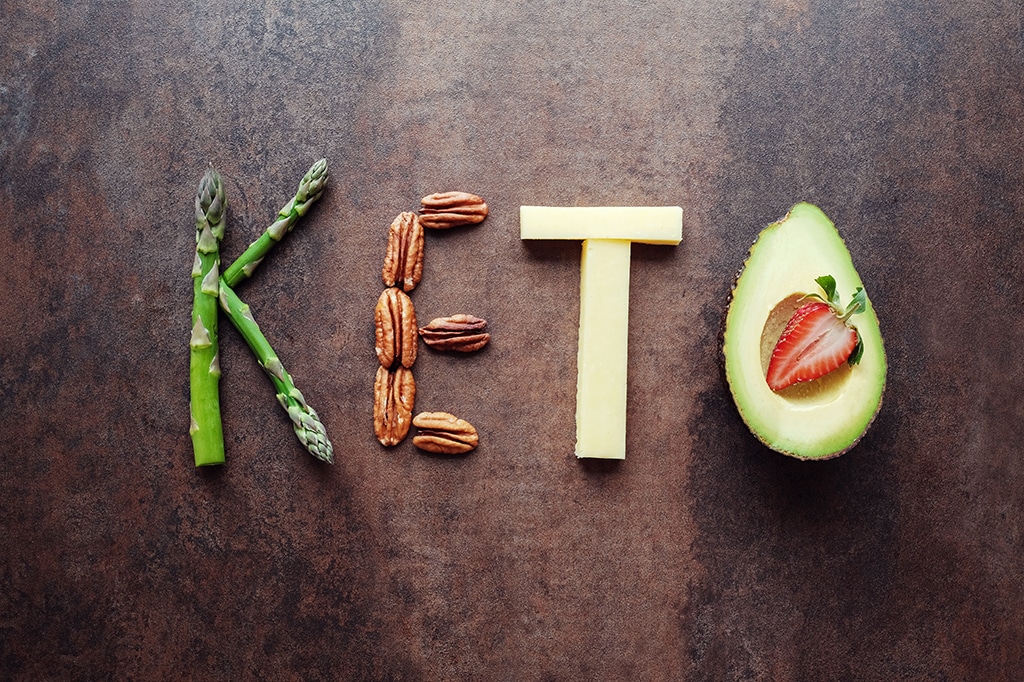Want some chocolate? Our comprehensive, up-to-date recommendations to vegan products contain all the information you need.
Chocolate has been enjoyed by humans since prehistoric times. Cacao residues discovered in the pottery of the Mayo-Chinchipe civilization in the highlands of what is now Ecuador are the earliest evidence of chocolate, dating back 5,300 years. Cacao was a cultural pillar of ancient Mayan civilization. It was utilized as cash, a prestige symbol, and a food considered to be a divine gift.
It is not surprising that Theobroma cacao, the Latin name for the cacao tree, means “food of the gods.” According to Smithsonian Magazine, chocolate may be more than 2,000 years old and has been utilized in a variety of ways throughout history, from brewing it for a bitter tea to fermenting it into an alcoholic beverage.
According to studies, dark chocolate contains a high concentration of flavonoids, which have antioxidant characteristics and can improve cardiovascular function. Adding milk to this delicious dish seems absurd, doesn’t it?
Always search for a high proportion of cacao, between 55 and 85 percent, to stay on chocolate’s “good side”; the higher the percentage, the purer the bar. Also, verify the ingredient list, as some dark chocolate bars still include dairy “products” Avoid chocolate with a lengthy list of ingredients, as some of them are likely to be fillers. And avoid milk-derived components like whey, casein, milk, milk fat, and milk solids.
The oldest documented preparations of chocolate were notably dissimilar to the smooth, sweet delicacy we know today. The wealthy drank a beverage made with chili peppers, vanilla, and other spices, while the commoners ate oatmeal with cacao added. Cacao was brought to Europe by Spanish colonizers in the 1500s, where it became a favorite, sugar-sweetened beverage among aristocracy.
Chocolate bars did not exist before the middle of the 19th century. With the advent of the cocoa press, it became possible to separate the roasted bean from the butter. In 1847, the British chocolatier J.S. Fry & Sons created the first chocolate bar in Bristol. Compared to the sweets we are used with today, it was dry and bitter. However, it would ignite the world’s passion for chocolate bars. In 1875, Switzerland manufactured the first milk chocolate bar, which was creamier and more appealing than the earliest chocolate bars. In 1897, just over 20 years later, Cadbury introduced its first milk chocolate bar. And so the tale continues.

What constitutes vegan chocolate?
Vegan chocolate is chocolate manufactured without the use of animal products. The primary components of a typical chocolate bar are cocoa beans, sugar, and cocoa butter. Generally speaking, milk is the only non-vegan element in chocolate. Honey is uncommon in chocolate, which is often sweetened with sugar (sugar-free variants incorporate monk fruit, stevia, or other alternative sweeteners). Even dark chocolate can include milk, so it is always a good idea to check the ingredient list.
Is vegan chocolate ethical?
Unfortunately, vegan chocolate is not always ethical.
Journalists have uncovered the widespread use of child labor and slavery on cocoa farms in Western African nations, which supply the majority of the world’s chocolate. This covers some of the top names in the industry. According to the Food Empowerment Project (FEP), a vegan food justice organization, Europeans brought cocoa to this region so that they could construct fields with low or free labor.
This cruelty persists to the present day. The US Department of Labor estimates that around 1.56 million youngsters work on cocoa farms in Ghana and Ivory Coast in 2020. A group of eight young adults filed a (still continuing) child slavery lawsuit against Nestlé, Mars, Hershey, Cargill, and other chocolate manufacturers in February 2021. The defendants have attempted to have the case dismissed.
Nonetheless, in the summer of that year, the Supreme Court of the United States dismissed a separate action against Nestlé USA and Cargill on the grounds that the six plaintiffs lacked standing because the abuse occurred outside the United States. While firms have acknowledged that labor abuse occurs within the industry, many have resisted restrictions, according to FEP. Sadly, neither fair-trade nor Rainforest Alliance certifications provide a 100 percent guarantee that chocolate was produced without the use of child labor. Please click here for additional information about the cocoa industry.
What is contained in vegan milk chocolate?
Historically, dark chocolate was almost the only dairy-free chocolate choice available. However, this is no longer the case. Hershey’s, Cadbury, and Lindt, among others, have introduced dairy-free milk chocolate bars as the vegan chocolate business booms. Additionally, there are other additional brands to pick from. (This includes Dr. Bronner’s soap, yes.) These manufacturers produce vegan milk chocolate bars using a variety of plant-based milks, such as oat, coconut, rice, and almond. Vego, a company that is 100 percent vegan, incorporates hazelnut butter into its bars to create a smooth, melt-in-your-mouth texture.








